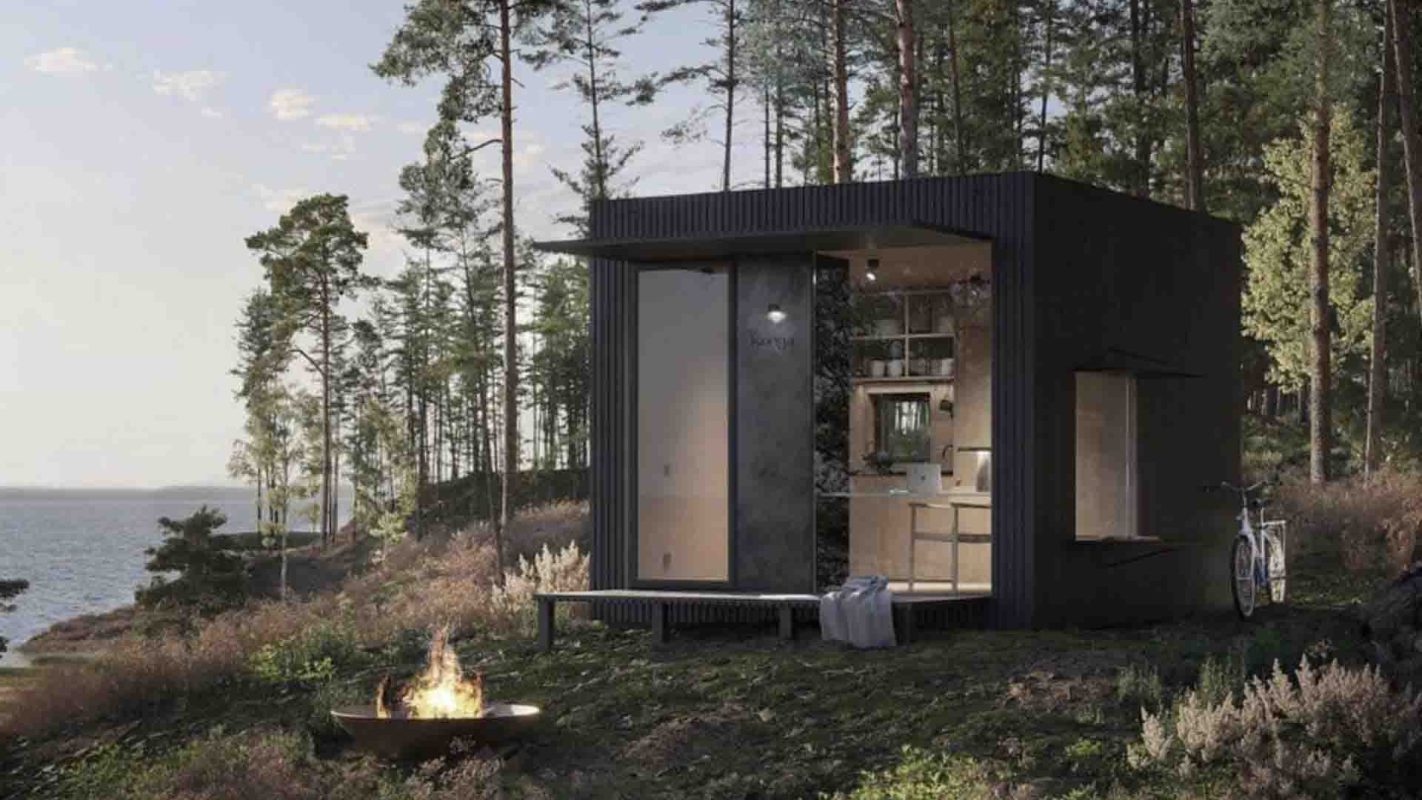For those in search of a simpler, more sustainable lifestyle, the KONGA tiny home is a self-sufficient sanctuary that fuses off-grid technology with minimalist, green design.
Downsizing into a tiny house automatically means that it takes less energy to heat your home. One study found that Australian tiny homes produce 70% less planet-overheating gas pollution than a typical house.
This means that it costs significantly less than an on-grid house to run, which could make it an attractive option for cash-strapped people looking to buy a home — particularly while rising energy costs continue to hit homes in Europe and the U.S.
Tiny houses also use far fewer materials to build, meaning that they remove fewer resources from the environment during construction.
One research paper found that a majority of respondents living in tiny houses had adapted to a more eco-friendly lifestyle. Living a more minimalist life inspired nearly all the respondents to grow their own food, drive fuel-efficient cars, or take up cycling.
Designed by Danish architect Mette Fredskild, the KONGA tiny house exemplifies this eco-friendly tiny house trend.
Natural materials help to generate a cozy but clean Scandinavian design, with wood being the core component both inside and outside the 300-square-foot building.
Burnt wood covers the exterior, while oak veneer panels decorate the cabin's fully furnished interior.
The whole house is modal, meaning that it can be easily constructed wherever the owner chooses, whether that's as a summer house at the bottom of the garden or as a low-impact primary home.
The KONGA is also completely off-grid. It relies on solar power, generates its water supply from collected rainwater, has a wood-fired hot water system, and uses a freezing toilet. Freezing toilets use electricity to freeze waste, which is collected in a compostable bag.
The home you choose to live in can play a major role in your individual impact on the environment. In the U.S. alone, it is estimated that buildings account for 39% of the country's energy use, as well as 38% of carbon pollution.
More than two-thirds of the U.S.'s electricity use comes from buildings, as does 12% of water consumption.
Designing more efficient buildings will be key for reducing our climate impact in the coming years, and tiny homes are emerging as one exceptionally effective solution.
Join our free newsletter for easy tips to save more, waste less, and help yourself while helping the planet.









